Meet the head of agronomy in Europe at The R&A: Paul Woodham
The new head of agronomy in Europe at The R&A, Paul Woodham, talks to George Stead about the importance of sustainability in golf course maintenance and how it’s possible to achieve this.
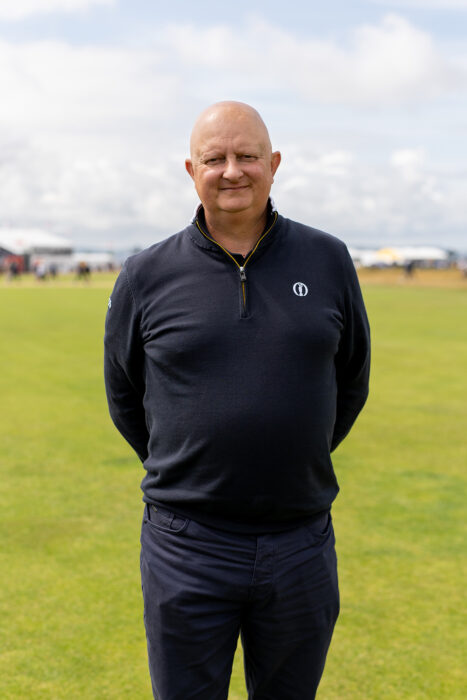
Paul Woodham
What is your background and how would you describe your current role?
My background has always been in golf and greenkeeping management since the early 1990s. Prior to that, I played full time golf on the amateur circuit for a couple of years. I’m passionate about the game, as all of the team are and have been in agronomy for 14 years. I’m also working through Great Britain and Ireland with The R&A Sustainable Golf team as part of Sustainable Agronomy Services. I never considered myself to be either a climate activist or climate change denier, but we are undeniably seeing the effects of climate change in the last five years in the UK.
Why do you think the idea of sustainable agronomy is more important now than ever?
The R&A Agronomy team has worked in championship golf for many years to deliver sustainable Open Championships, the AIG Women’s Open, qualifying events and amateur championships. Our brief is to ensure golf is thriving in 50 years’ time, and we’re at a point where we’re seeing global challenges such as climate change, which might affect the public perception of golf. This is a moment where we really need to direct, guide and support golf, not just in Great Britain and Ireland but throughout Europe and through the global extensions we have, to make sure that we adapt to these changes in a sustainable way.
We know the climate is going to present more challenges; we’re seeing that now. We know there are going to be resource-issue challenges such as water scarcity, quality and availability of materials, so we need to influence change. At The R&A we understand our responsibility in governance and the influence we can have by pulling together other areas of the industry and making sure we’re collectively moving forward in the right direction. That can mean that clubs can make some positive changes and they need a lot of support with that. This might mean course design changes and thinking about how the course will look in 50 years compared to now, or thinking about coastal erosion issues on links courses, or opportunities for managed realignment on parkland golf courses where trees are consumed and the microclimate conditions are far more oppressive than they used to be.
Plus, the level of golf has increased and we’re playing for longer in wetter periods because of the clothes we can wear and the equipment we’ve got, so it would be naïve to think that golf doesn’t need to change and that greenkeeping best practice management doesn’t need to change to adapt. We’ve got experts within The R&A and outside partners who are perfectly placed to say, “Ok, this is what you’re doing now. What’s your five-year plan, 10-year plan, 30-year plan? What have you got in place in terms of water security? What other environmental and ecological changes do we need to apply to make sure that golf works in partnership with nature, that it’s beneficial to the habitat biodiversity? How can your operations work towards net zero in terms of carbon management, whether it be the fuel that we use to operate mowers or course materials and where they come from?” We know we have to be far more sustainable moving forward.
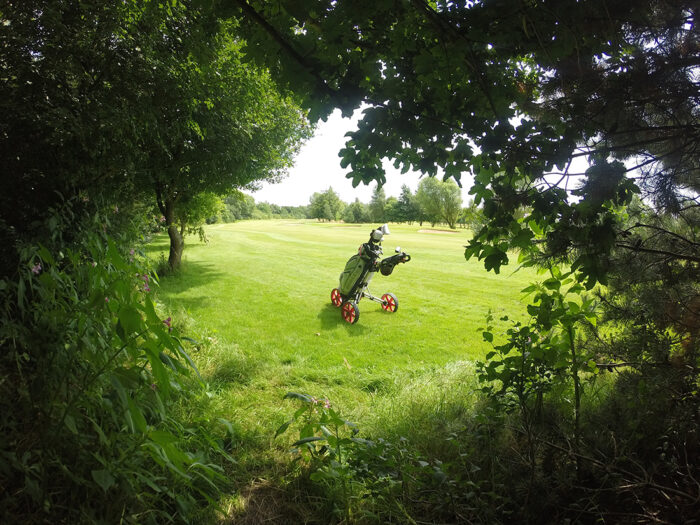
How can golf club managers and employees find out more about making their clubs sustainable going forward?
The R&A invests in research and education year to year and has done for a long time, so there is a lot of information available. The R&A-funded research programme ‘Golf Course 2030’ for instance, where we’re looking at sustainability initiatives such as water security, integrated turf management, coastal erosion and sustainable resources. The R&A website Sustainable Golf has a lot of information.
We can offer bespoke client support and consultations, and the sustainable agronomy service is open to all. It was born out of the championship agronomy services and we will come to sites and try to understand your objectives, perceived threats and opportunities and how you’re managing towards that. We have to think about what the current playing conditions are and economic sustainability, not just the money you spend maintaining the golf course, but the income you’re generating, and that’s going to be driven by reputation. We need to make sure the course has the resources and environment to function and we need to manage the threat of increasing levels of play and extend the playability into the weather extremes such as peak summer dryness and heat stress conditions and wetter winter conditions and flooding. We need to keep in mind that one problem could provide a solution in terms of water usage. So we work on an individual basis regarding your objectives and best approach. We need to protect golf and help clubs to meet standards, but ensure that standards are understood as well.
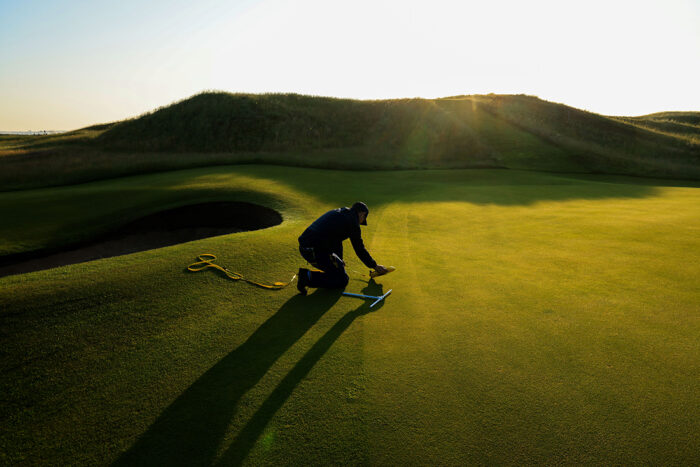
How can golf course managers ensure their clubs are future proofed, and what could go wrong for a golf club if they’re not meeting the standards you mentioned?
Standards are tightening right now. Over the past five years we’ve seen certain pesticides being withdrawn and there are moves with the EU sustainable use regulations towards vastly reducing reliance on pesticides in the very near future and there’s an active drive towards zero pesticide use, or as near to that as possible. Other legislation relating to water usage will tighten rules on accessing water from abstraction or mains supply water. Where legislation doesn’t cover, increasing costs are going to mean that clubs will have to do some things very differently, and they’re feeling these costs already.
One good example of where the industry is in danger of sleepwalking into problems is how we manage worm cast issues in winter months. Worm casts are more visible now so this can pose a problem with members who can start to question the upkeep of the course. Good communication and education about the changes we’re now facing with the use of pesticides and other chemicals is the key. We contribute many thought leadership pieces to the industry and golfers at all levels will recognise The R&A, but education really starts with managers and committee members at individual clubs. We need to ensure the right message filters down because you will inevitably get questions from members about, for instance, why some trees are being taken out, why the rough is being grown and they’re losing their ball. When you explain that trees are being removed to improve light and airflow and to gain natural control of disease risk and that we’re growing some areas of rough to enrich biodiversity people can see there’s a reason behind everything that’s being done. It’s part of a holistic plan to prepare for the future.
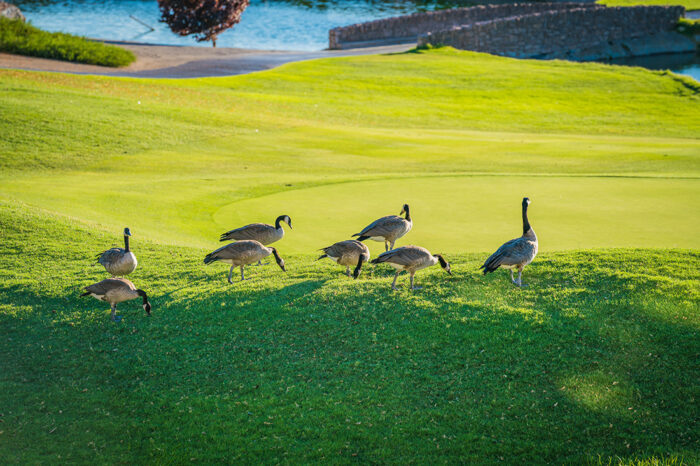
Is the industry embracing these changes from your perspective? What kind of problems are created when change isn’t welcomed and how would you solve them?
Yes. Greenkeeping and greenkeeper education has made great strides. Some good examples of uptake are integrated pest and disease management. While there is a long way to go and we will need to change and adapt as legislation changes, we have made good progress.
In greenkeeping we will experience more periods of disease and we accept that and need to ensure that the risk to playability is minimised. Ultimately we need to have better communication with the golfer so that they have an awareness that there is some disease about and the reasons for that. Change is much more likely to be accepted when communication about the reason for it is clear.
The R&A is a non-profit organisation but is charging golf clubs for these services. What will you invest these profits in?
The service fees are reinvested in our research and education programmes and in golf development, so there’s a huge commitment within The R&A to moving the game forward. I think clubs should feel good about the consultancy, direction and support they’re getting that they’re giving back to the game and investing in global research programmes.
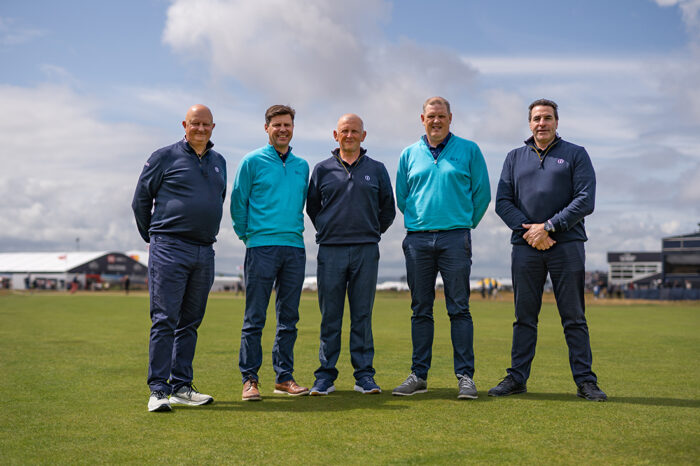
From the perspective of The R&A, how pressing an issue is climate change?
If we do nothing we will see golf courses running out of water in the UK and certainly throughout Europe in summer months. The threat is here now: in the UK we saw golf courses run out of water in 2018 and 2019. Droughts and summer heat stress conditions are meaning that fairway areas fail and that’s increasing frustration for the golfer in terms of playability and how the golf course looks. We are seeing the problems of public perception during dry periods when there are water shortages and the courses don’t live up to the lush and green image. People don’t always realise that golf courses are more than that, they’re important environmental corridors. I was looking at a heat map of Birmingham today, and there were six golf courses around the city centre that showed up as cooler temperatures, which demonstrates the importance of green space and how golf courses contribute to green space in an urban environment.
We’re seeing golf courses lose land to coastal erosion and having to look at managed realignment. We’re seeing some courses become flooded and we know there are opportunities to have solutions where perhaps wastewater is taken out of storm systems and attenuated on the golf course. One of our big hopes for future development is on grass species management. This really is the core of agronomy: the environment, the surfaces we play on, the finer grasses, the hardier grasses and the heat tolerant grasses. If we don’t make changes, legislation and climate change will dictate that there are greater cumulative winter and summer stresses and we’ll have less ability to control these problems with the reduction of pesticides. We would be in danger of golf courses not functioning if they’re not managed correctly and the call to action isn’t realised now.
How do you communicate with golf clubs globally in your role to ensure that progress towards sustainability here is worthwhile in terms of the bigger picture?
Is golf alone going to arrest climate change issues? No, it’s not. But golf has got to do its bit and we need to promote golf courses in a positive way. For example, we can demonstrate how golf courses can be beneficial in terms of cooling by using a heat stress map, or we can educate about species enrichment and biodiversity and show how golf and nature can sit side by side. It’s arguably one of the most sustainable sports and the environment you can spend hours in is such a diverse habitat. We really can manage it well, despite all the challenges.
First and foremost we’re here to protect golf and we need to work with the legislators on future revisions, whether that is regarding water availability or pesticide use. We support and promote a best practice management model and positive change for the future manager. The future manager can then educate their line managers and owners. We’ve seen many good examples of positive change and we know it will take time, but we just want to ensure that there is a trajectory towards that positive change.
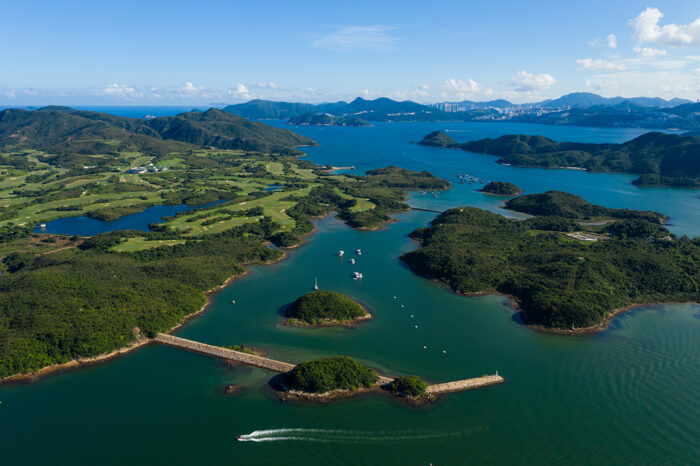
How do you assess the individual needs of each club you advise?
There are well-researched performance standards in terms of the playability of a golf course. In Sustainable Agronomy Services we take time to assess what your current inputs are because we want to encourage the reduction of pesticide, fertiliser and water usage, but we still want you to achieve. We use pre-visit questionnaires which help us understand all the resources a course has, alongside soil analysis, which gives us an objective view. We’ll also sit down with you to discuss what you see as your challenges, current plans, strategy and development programmes. Sometimes these plans are at an early stage and we can help with building them. We may be in touch a couple of times a year or there may be a more intensive management consultancy period to make sure that you’re achieving and members understand the changes being made. All of our recommendations have to be achievable and we monitor and review the progress regularly and adapt where necessary, usually over the course of around three years. The roadmap for each club might involve design changes and resource acquisition and we understand that it takes time.
Is your message received positively on the whole by those working in and playing golf?
I think the younger generation now are so aware of environmental management concerns and want to see positive changes, so the golfer of the future should see the golf course as a hugely positive environment. We’re working hard to change negative perceptions of golf courses which may wrongly be seen as huge users of fertiliser, chemicals and water, which is not necessarily the case at all. We see many existing members really engaging with conservation and ecology projects such as bug hotels, the encouragement of wildflowers or pollinators, or the larger coastal projects. But behind all of it the golf course has got to function and we need to ensure that the agronomy in greenkeeping is on point with the sustainability messages. Many people will already know us but we want to reach out to more clubs and engage with decision makers and operators of golf courses in a positive way.
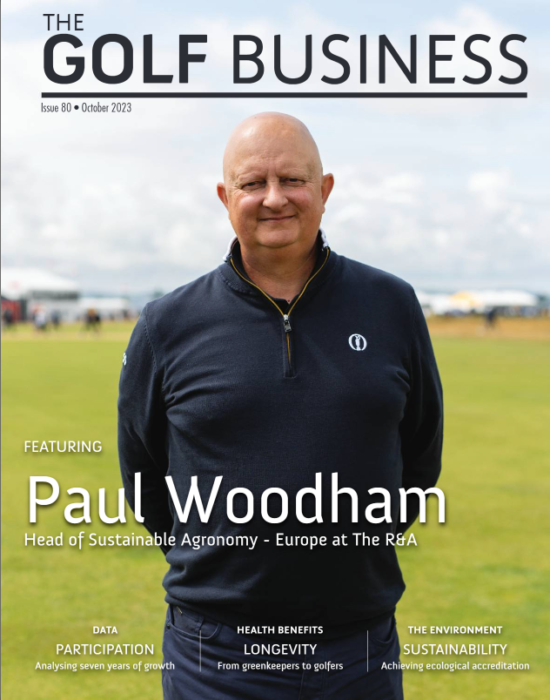
To contact Paul and the team, visit www.randa.org/en/sustainability/agronomy















Let me tell You a sad story ! There are no comments yet, but You can be first one to comment this article.
Write a comment